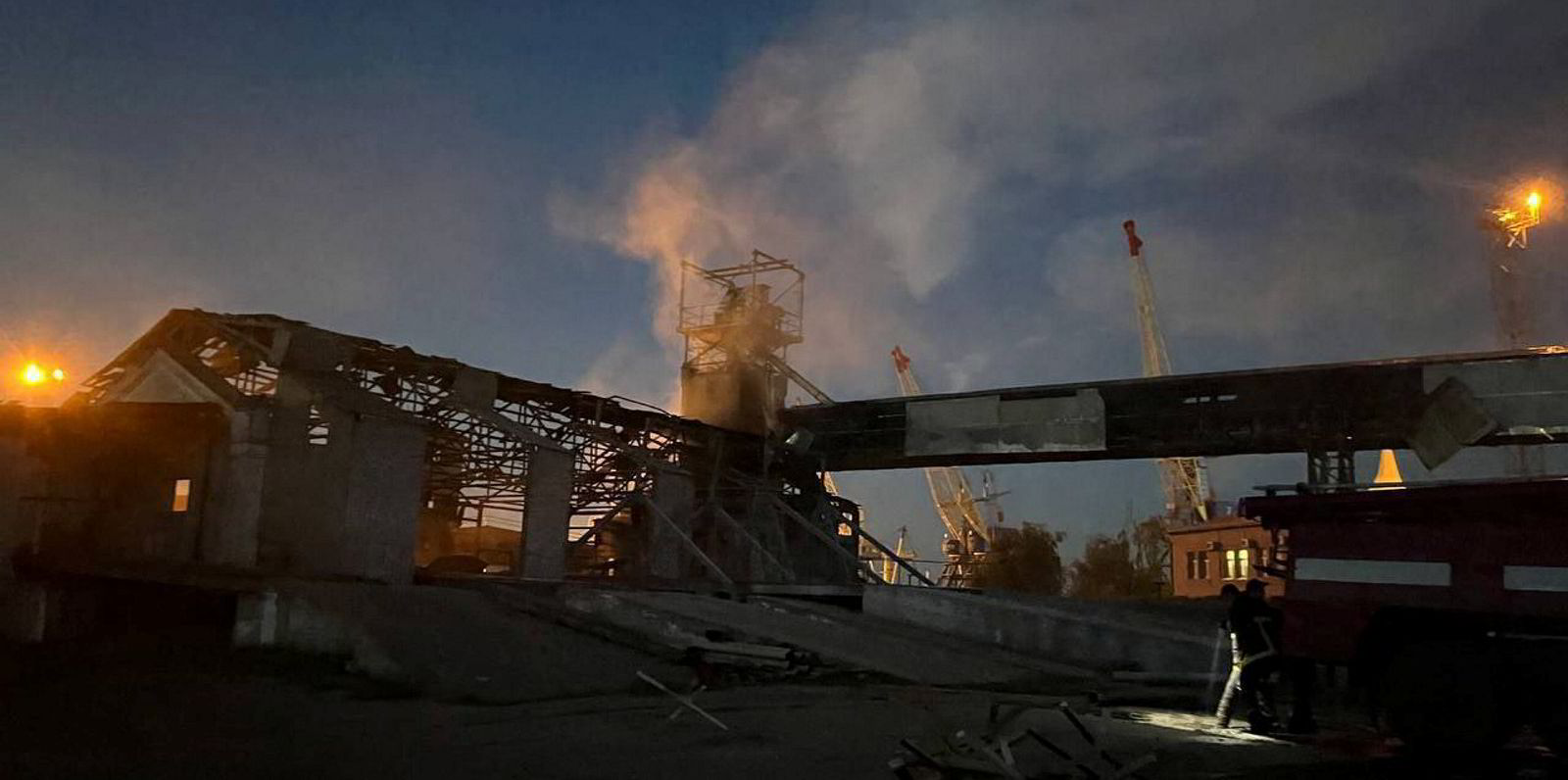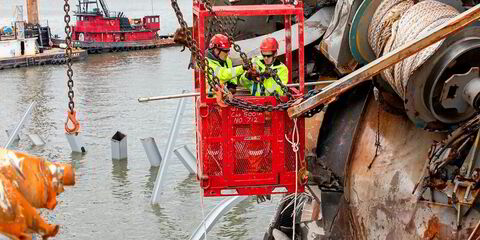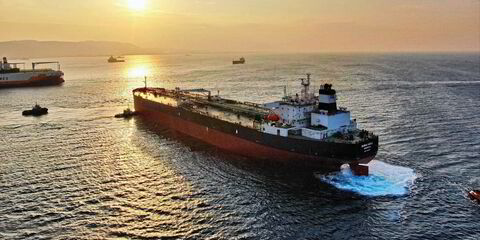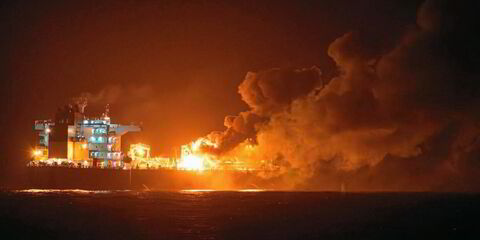Ukraine has sent yet another cargo vessel through a new maritime corridor designed to help ships trapped there since the war began to leave the war-torn country.
A Ukrainian government official confirmed late on Friday that the 35,000-dwt Puma (built 2017) left Odesa in the morning.
This confirms information reported earlier by TradeWinds that the Blumenthal Asia-managed ship was underway in the Black Sea. The Signal Ocean platform showed the Puma as loading on Tuesday and disembarking after dawn on Friday.
The Puma becomes the fifth vessel to leave the Ukrainian ports of Odesa and Pivdennyi under Ukraine's new, IMO-registered maritime corridor since August and is the first to carry foodstuffs on board.
According to infrastructure minister Oleksandr Kubrakov, the vessel is transporting 30,000 tonnes of rapeseed and metal. The ships that left previously had iron products on board.
The Puma’s departure is a success in Kyiv’s campaign to lift a naval blockade imposed by Russia on Ukraine's large ports on the northern shores of the Black Sea.
Kubrakov said Ukraine will try to build on that success.
“Ukraine considers the possibility of using [the] corridor for vessels with non-military cargo, more precisely agroproducts mainly to Africa and Asia,“ he tweeted.
However, it is doubtful the scheme can be replicated on a large scale for inbound vessels.
No insurance scheme exists so far for such a trade. Ukraine furthermore lacks the air cover needed to fully protect its ports, which are being hammered almost daily by Russian drones.
Moscow has so far not shown much interest in trying to prevent trapped ships from getting out of Ukraine.
Russian energies, rather, seem to focus on attacking Ukraine’s free ports and to make life difficult for inbound ballasting vessels approaching Ukraine’s Danube ports. Such vessels are often subjected to inspections for fear of bringing weapons into the region.
Tensions in the Black Sea have escalated since Russia pulled out on 17 July from a UN-led safe corridor for grain ships in the northwest part of the Black Sea.
Ukraine has since retaliated by using the region’s waters to attack Russian warships and naval bases in Russian-occupied Crimea. One commercial tanker reportedly carrying a Russian military cargo was also hit.
The other four vessels that left Ukraine since August were: the 9,400-teu container ship Joseph Schulte (built 2014); the Japanese-controlled, 178,000-dwt capesize Ocean Courtesy (built 2008); the 58,000-dwt Anna-Theresa (built 2011); and another Blumenthal ship, the 32,600-dwt Primus (built 2006).
About 60 commercial ships were trapped in Ukraine when Russia invaded in February 2022. Several of those were small vessels stranded in Kherson — a port city directly on the frontline.(Copyright)





